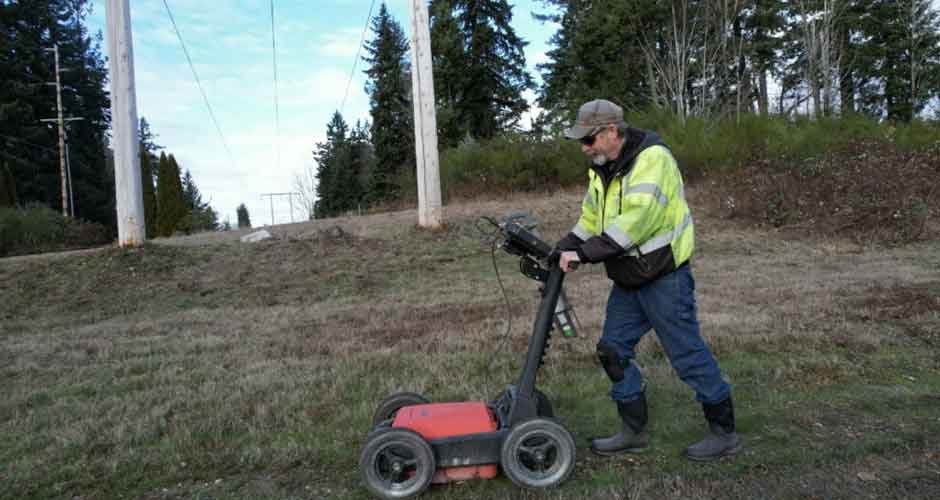Unearthing the secrets hidden beneath the surface has long fascinated humankind. Whether we’re talking about archaeological discoveries or understanding urban infrastructures, the ground beneath us holds many mysteries. The Ground Penetrating Radar (GPR) is a technological wonder that allows us to ‘see’ and interpret what’s hidden below, providing invaluable insights across various fields. Join us as we delve deeper into the workings and wonders of this remarkable technology.
The Basics: What is Ground Penetrating Radar?
Ground Penetrating Radar is a geophysical method that employs radio waves to map and detect structures or features beneath the Earth’s surface. Unlike other methods, it doesn’t require any invasive drilling or digging, making it both environmentally friendly and cost-effective.
It’s noteworthy that GPR isn’t the only non-destructive testing method available. There are various techniques tailored to specific needs, such as dye penetrant testing, which identifies surface-breaking defects in non-porous materials. However, when it comes to exploring the depths of the ground without causing any disturbance, GPR stands out.
Working Wonders: How Does GPR Work?
The mechanism behind GPR might seem complex, but here’s a simplified breakdown:
- Transmission:A GPR system releases a series of high-frequency (usually polarized) radio waves into the ground.
- Reflection:As these waves hit buried objects or the boundaries of subsurface materials, they get reflected back.
- Reception:The GPR system then records the strength and time required for the return signal, producing a profile of the subsurface features.
Peeling Back the Layers: Applications of GPR
The ability to ‘look’ beneath the surface without any excavation makes GPR invaluable in various fields.
- Archaeology:Before initiating a dig, archaeologists can use GPR to identify and map ancient structures or artifacts.
- Civil Engineering:GPR can detect underground utilities, helping engineers plan their projects around existing infrastructures.
- Environmental Studies:Mapping out underground storage tanks or detecting chemical spill penetration becomes easier with GPR.
- Forensics:In criminal investigations, GPR can help locate clandestine graves or buried evidence.
Advantages of Ground Penetrating Radar
Why is GPR such a preferred method in subsurface exploration?
- Non-Invasive:There’s no need for disruptive digging or drilling, preserving the integrity of the site.
- Safety:GPR doesn’t use any radiation, making it safe for operators and the environment.
- Versatility:From ice to rocks to fresh water, GPR can be used in various environments.
Challenges and Considerations
While GPR is a powerful tool, it does come with its set of challenges:
- Depth Limitations:The depth to which GPR can penetrate and provide clear images depends on the material being scanned and the frequency of the radar waves.
- Material Constraints:Certain materials, like clay-rich soils, can absorb the radar waves, making GPR less effective in such areas.
- Interpretation Skills:GPR data can sometimes be challenging to decipher. Professionals must undergo specialized training to interpret the findings accurately.
Comparative Techniques and Their Significance
To overcome some of the limitations of GPR, professionals often combine it with other exploratory techniques.
- Electromagnetic Induction:This method measures changes in electromagnetic fields to locate buried metallic objects.
- Magnetometry:Useful in archaeology, it detects magnetic anomalies caused by features like buried walls or fireplaces.
- Seismic Reflection:This method uses seismic waves, providing insights into deeper geological structures.
Ground Penetrating Radar is indeed a revolutionary tool, acting as a bridge between our visible world and the unseen mysteries below. Its non-invasive nature, combined with its versatility, makes it a sought-after technology in various domains, from construction to historical preservation. However, just like any tool, GPR is most effective when operated by trained professionals who understand its strengths and limitations. In a world where understanding our past and present is crucial for a sustainable future, technologies like GPR ensure that we can scan the depths, piece together our stories, and build on solid ground.






